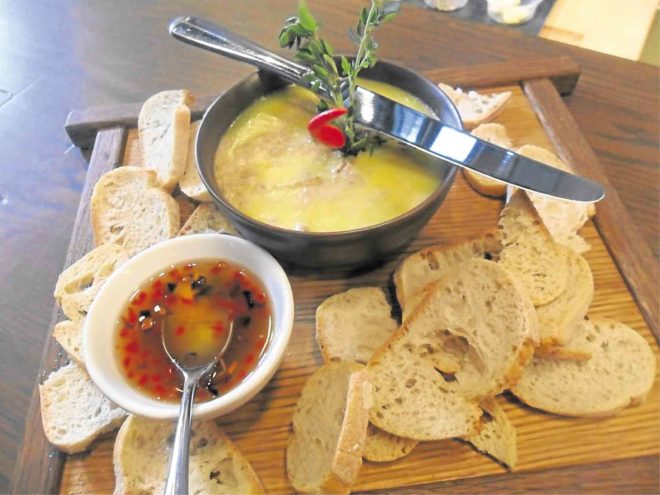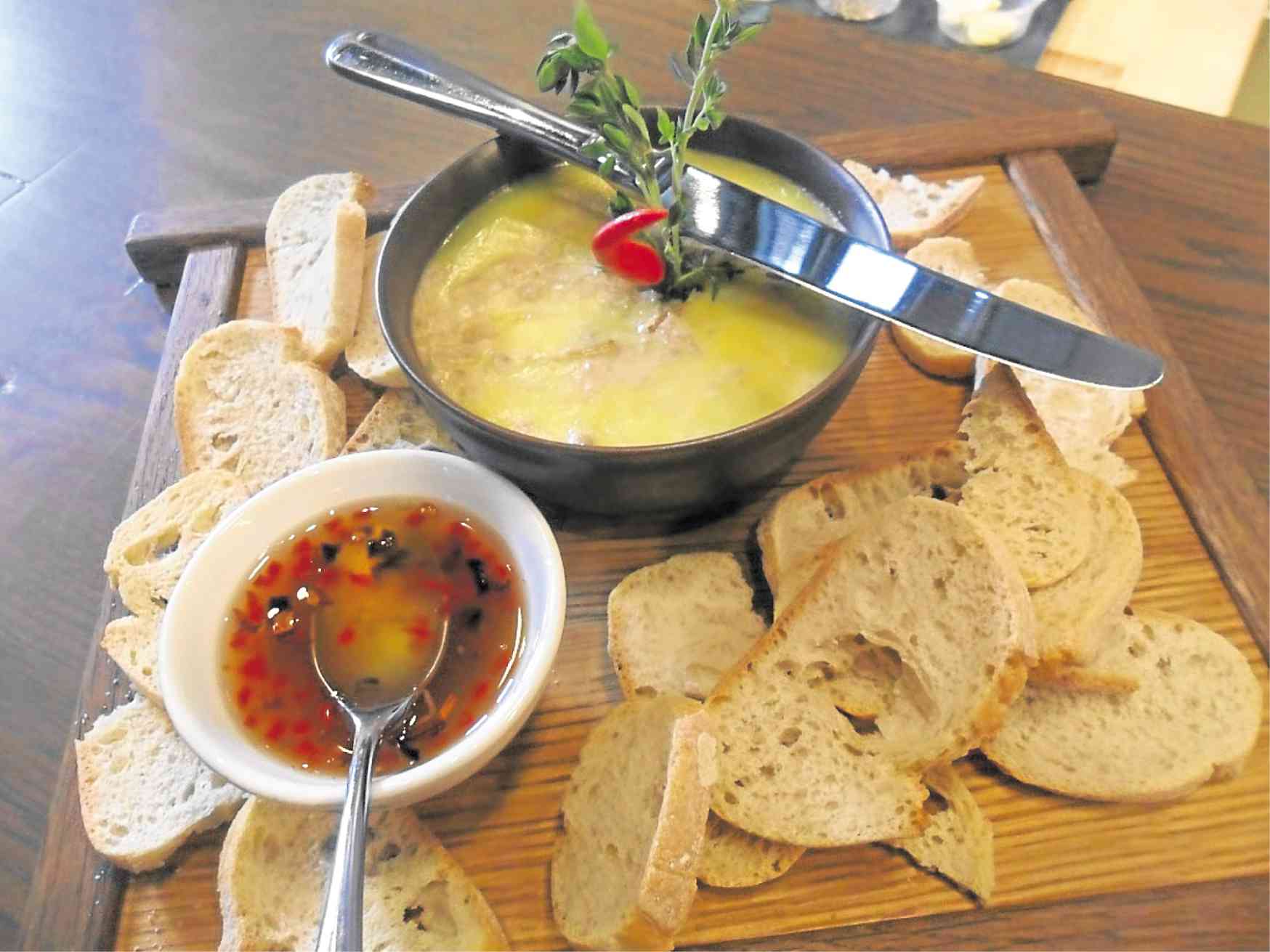
Team Kulinarya is a group formed to present Filipino food to four European cities—London, Brussels, The Hague and Berlin. The team was composed of three chefs, Myrna Segismundo, Jill Sandique and Raul Ramos, with me as writer to chronicle the activities and to give a talk on Filipino food.
The project is part of the Department of Foreign Affairs’ Cultural Diplomacy program under the Office of the Undersecretary for International Economic Relations. It is quite an enlightened approach to showing our culture through our food.
The project included a photo exhibit based on the book “Kulinarya: A Guidebook to Philippine Cuisine,” with photography by Neal Oshima.
At each of the four country’s venues, the chefs were tasked to cook a five-course dinner including a demonstration by Segismundo. She opted to show how adobo is done, explaining how it isn’t the national dish, but rather the quintessential cooking style of Filipino cuisine.
On the last week of May we headed to our first destination, London, welcomed by Philippine Ambassador to the United Kingdom Antonio Manuel Lagdameo and assisted by Emma Same, minister and cultural officer. One could tell Ambassador Lagdameo’s enthusiasm for the project, as he narrated his own stories of cooking, including lechon.
Throughout the trip, cooking was no easy task for the chefs because they had to work in an unfamiliar kitchen and with a foreign staff. While many of the flavoring ingredients were sent ahead, meat and seafood were ordered in the city. Shopping for the rest took us to Asian stores and how great that there is a Chinatown in those capitals.
It was easy to find our own brands of suka (vinegar) and toyo (soy sauce), but patis (fish sauce) had only Thai and Vietnamese labels. Both versions aren’t as salty, but we still had to make do with them.
Saba, our cooking banana, wasn’t available as well, and the leader of the team, Segismundo, decreed that overripe plantain would do.
Acid test
London was a sort of acid test because it was the first city in the program. Not all embassies can prepare dinner for at least 50 guests in its premises so it was necessary to rent a venue. The choice was Sosharu, a Japanese Izakaya (gastropub) owned by Jason Atherton who, by now, should be a familiar name in the Philippines since he also owns Pig and Palm in Cebu.
Every city had these menu-cocktail choices: Chicken Inasal (grilled) and Adobo Pâté, appetizer of Kinilaw (fish, oyster, shrimps), Molo Soup, Ginataang Isda (cod) with a sauce of crab fat paste with coconut cream, Bistek Tagalog (roasted prime rib eye steak with a sauce of soy and calamansi, with fried lumpia and caramelized onions.
Dessert was a buffet of Canonigo with Natilla and fruits, Queso de Bola Cheesecake, Torta de Tablea using Malagos chocolate, Banana Turron and caramel bars from Max’s.
Pastry chef Sandique had to contend with kitchens without baking equipment, so newly bought baking pans had to travel from place to place, and sometimes mixers had to be borrowed.
In London, plates had to be rented because a Japanese restaurant didn’t have the usual requirements for a continental dinner.
Our local alcoholic brands provided cocktails throughout the dinner—VuQuo and Lakan lambanog mixed with mango juice and Sprite, a version of the classic Rum Cola made with Don Papa, and Old Captain with Coke and tempered with calamansi juice extract.
Manille Dalandan Liqueur provided the necessary palate-cleansing sorbet, while Manille Calamansi Liqueur and Amadeo Coffee Liqueur were offered as the after-dinner drinks with coffee from Gourmet Farms.
Before going to London, we learned that Filipino food had been making breakthroughs through popup restaurants called supper clubs by groups such as the tandem Adobros and Romulo Café in Kensington. And though we didn’t meet the new UK Ambassador to the Philippines, Daniel Pruce, we were told that he attended the photo exhibit and asked for a tour in Filipino.
Comments that evening from Filipinos as well as English guests expressed surprise at how Filipino food could be presented that way. But the flavors were what impressed guests the most, the sourness tempered by saltiness, the sweetness natural rather than sugar, desserts that used the best ingredients like international award-winning Malagos chocolate.
Brussels was the next stop, a first time in the city for some of us. More about this food tour in succeeding columns.
E-mail the columnist at [email protected]









































